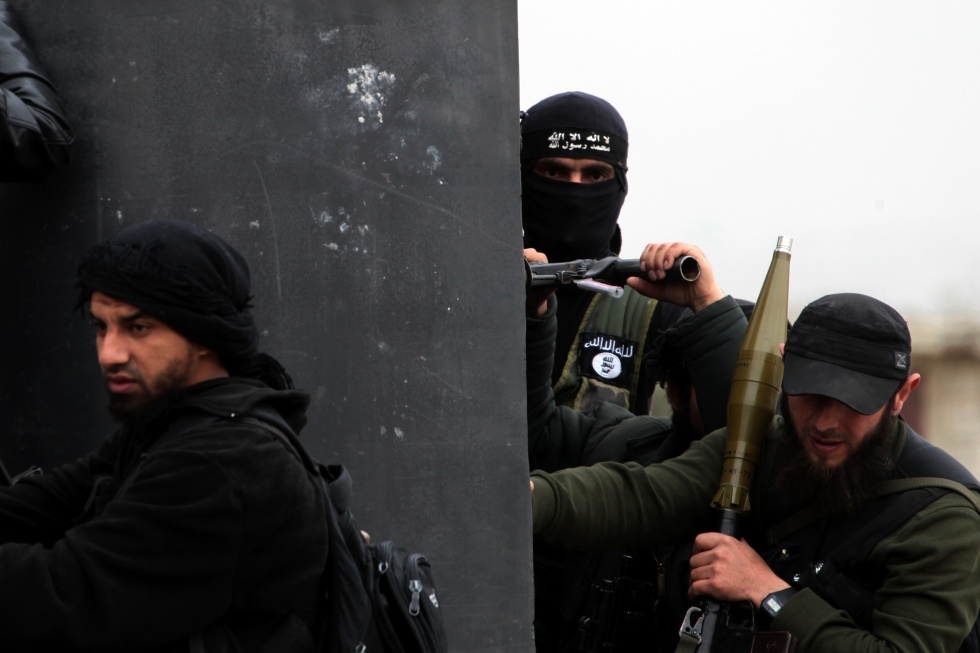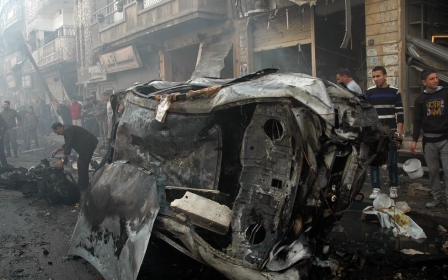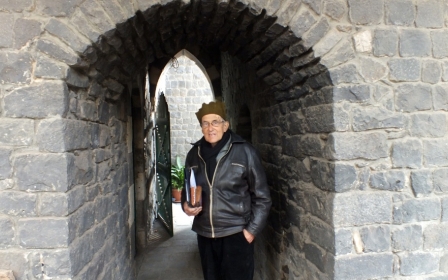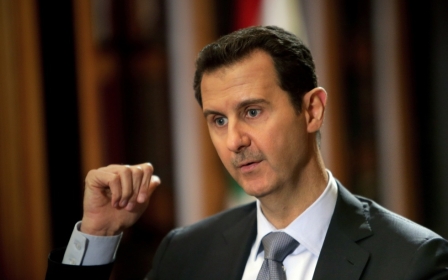US fighter's death throws spotlight on radicalised returnees from Syria

A former US Army private, Eric Harroun gained a media following in early 2013 after he crossed the Turkish border and fought alongside rebels in the Syrian Civil War.
Syrian soldiers and rebels alike posted photos of Harroun on Facebook and Twitter of "The American"; the mainstream media called him "The American Jihadist", "Arizona Jones" and "The Jihadist from Phoenix".
But on Tuesday afternoon, Harroun was declared dead in his father's home in Tuscon, Arizona where he is thought to have died from an accidental overdose, according to a Daily Beast eulogy .
Harroun's story is just one of hundreds of foreign fighters who have headed to Syria to fight on both sides of the conflict. It's also a cautionary tale for countries who will receive these fighters when they leave the battle field, said Shiraz Maher, a Senior Research Fellow and Head of Outreach at the International Centre for the Study of Radicalisation (ICSR) at Kings College London.
Stay informed with MEE's newsletters
Sign up to get the latest alerts, insights and analysis, starting with Turkey Unpacked
As part of a ICSR study, Maher and his team have been following the social media accounts of more than 600 foreign fighters and their supporters for nearly a year. When UK soldiers returned from Iraq and Afghanistan, Maher said, they were given considerable state support, yet still suffer from post-traumatic stress and other disorders that make it difficult to reintegrate into society.
An estimated 400 British citizens, including a 16-years-old British fighter, are currently fighting in Syria, according to Maher, who spoke to an audience at Chatham House on Thursday. When and if they return from Syria in the coming months and years, these combatants will need support similar to other veterans, Maher said.
"Even if they return with the best intentions in the world, they are people who will face a number of challenges" Maher added.
On the one hand, Maher believes that many of the tactics used by the UK government to deal with returning fighters, such as citizenship stripping, are counterproductive and serve to agitate war veterans straddling two worlds. On the other, however, he has been quick to stress that the threat of returning fighters is serious. These men tend to be extremely well-trained in skills like bomb-making which makes them a real danger, Maher explained.
An estimated one in nine fighters that return from battles, like the Syrian Civil War, will perpetuate attacks in the West, according to a 2013 Norwegian Defence Research Establishment report authored by Thomas Hegghammer.
"... This rate suggests that far from all foreign fighters are domestic fighters-in-the-making," Hegghammer writes, although the "one-in-nine radicalisation rate would make foreign fighter experience one of the strongest predictors of individuals involvement in domestic operations that we know."
Most of the fighters whom Maher has tracked are South East Asian men in their 20s with access to higher education and activist organisations with an international focus. Often, he said, one person will travel to Syria, join the fighting and then encourage his friends to join. In general, what group a foreign fighter ends up joining depends on who they meet when they first arrive.
One fighter from Portsmith interviewed by Maher has explained this trend well. While travelling from Istanbul to the Turkey-Syria border, the fledging fighter met a man from Aleppo who offered to take him to the office of whatever rebel group he wanted to join in Aleppo. According to Maher the British national wanted to join Jabhat Nusra, but without Arabic or a specific connection to the region, the group feared he was British intelligence.
The young man cried and pleaded, but Nusra officials wouldn't relent. He then went to a coffee shop and met an Algerian fighter from ISIL who took the fighter to join his group. Over the phone for the next four months, the newly-drafted fighter called his friends in Portsmith. Eventually, five came to join him.
A wide variety of reason motivate foreign fighters, like the man for Portsmith and Eric Harroun, to go to Syria, said Richard Barrett, a former British diplomat and intelligence officer now involved in countering violent extremism. A sense of humanitarianism, attention-seeking desires and ideological motivations are among top reasons, he said.
"The reasons to go are almost as many as the people who go," Barrett told a London aundience on Thursday.
Because the fighters go for personal and specific reasons, Barrett said, when they return, governments should treat them as individuals.
"If the reaction is, 'Let's talk about it' rather than suspicion," he said, "maybe fighters can be deradicalised quickly."
More than countries around the world now have citizens fighting in Syria, he said.
Middle East Eye delivers independent and unrivalled coverage and analysis of the Middle East, North Africa and beyond. To learn more about republishing this content and the associated fees, please fill out this form. More about MEE can be found here.





